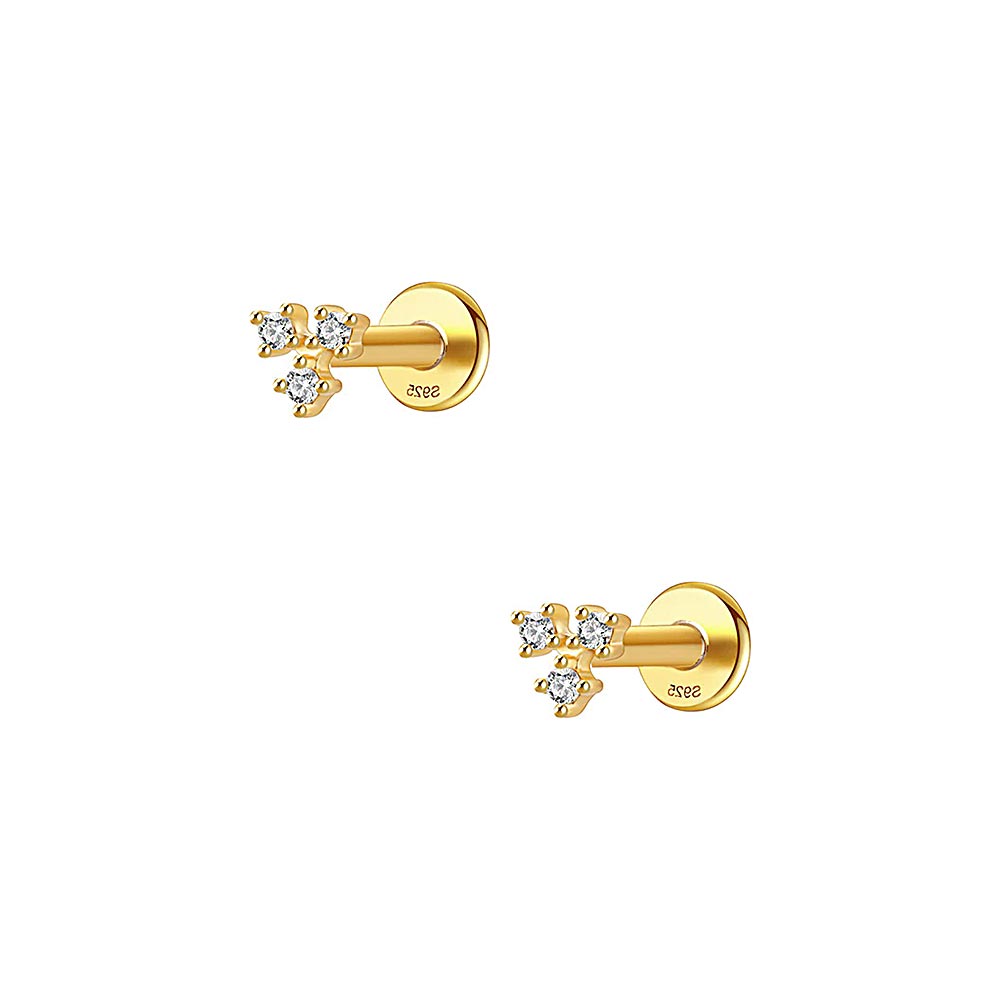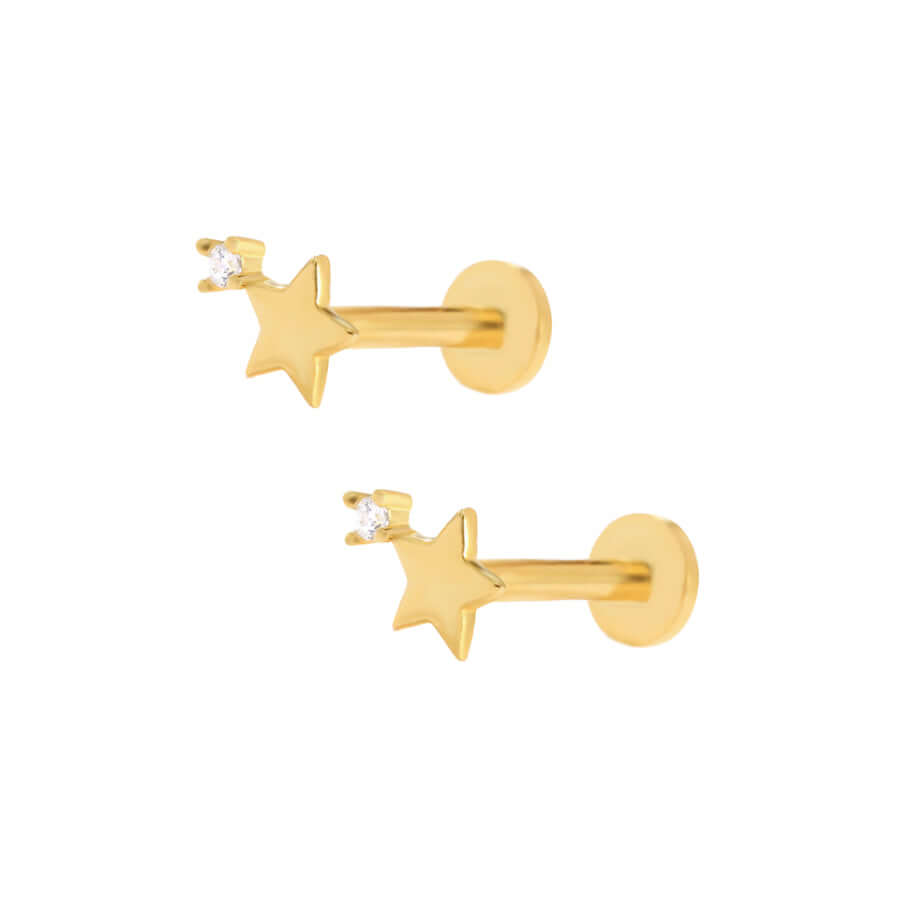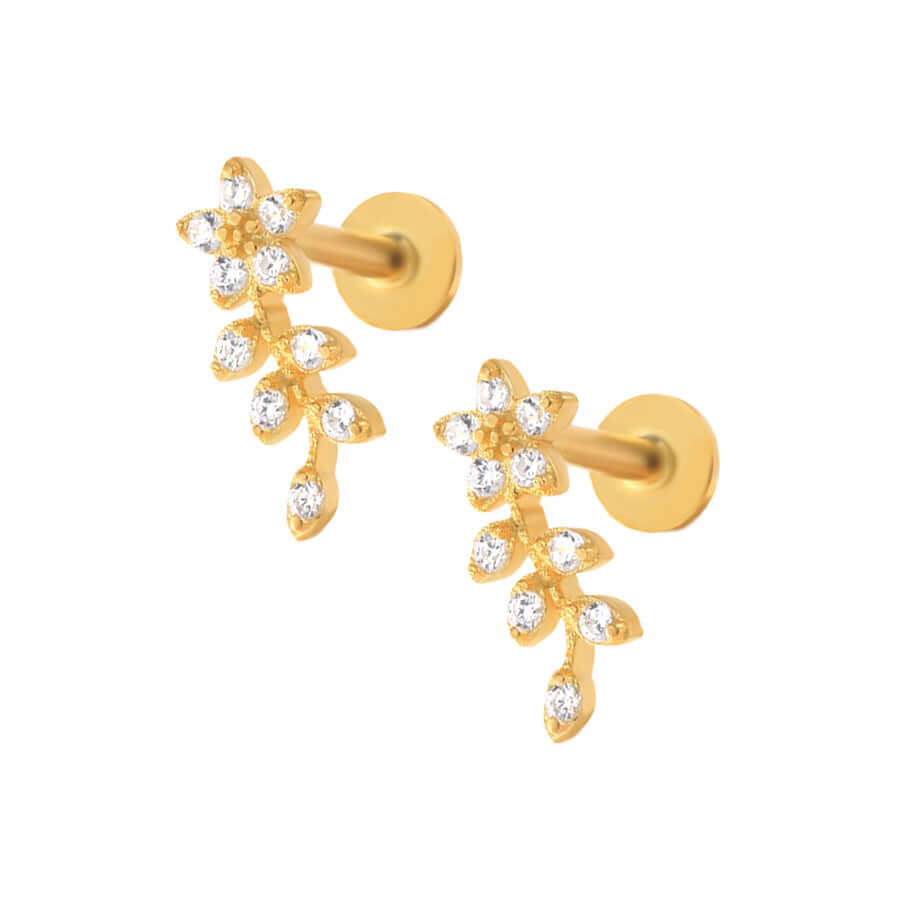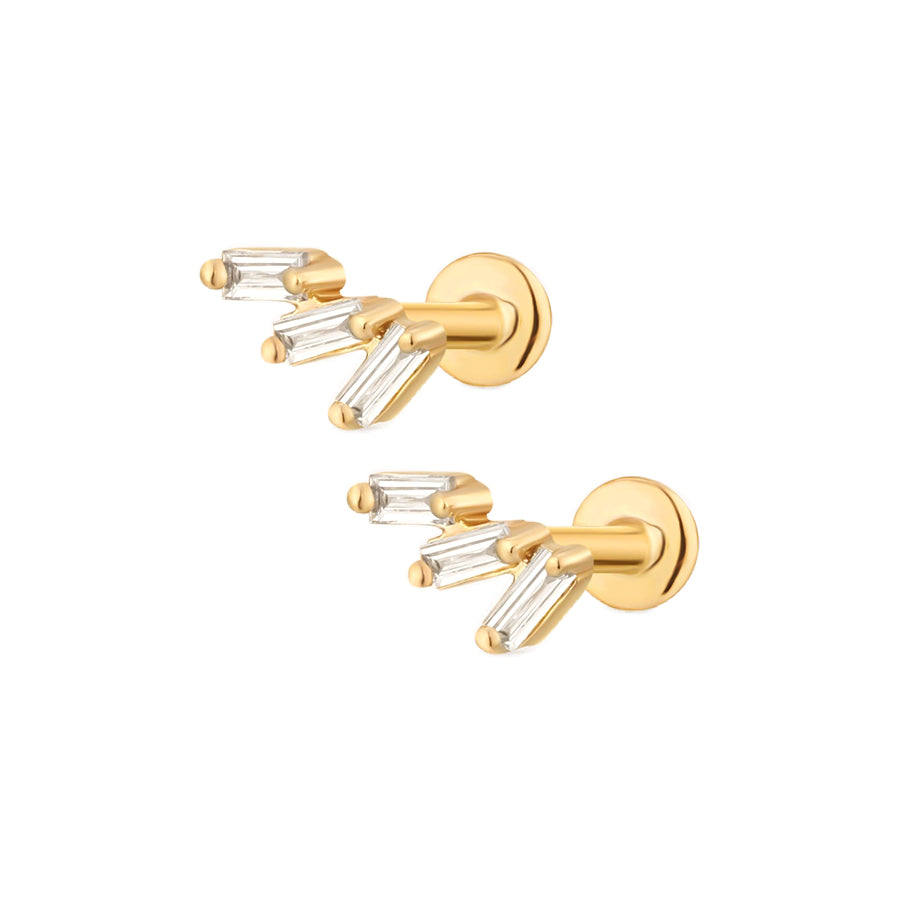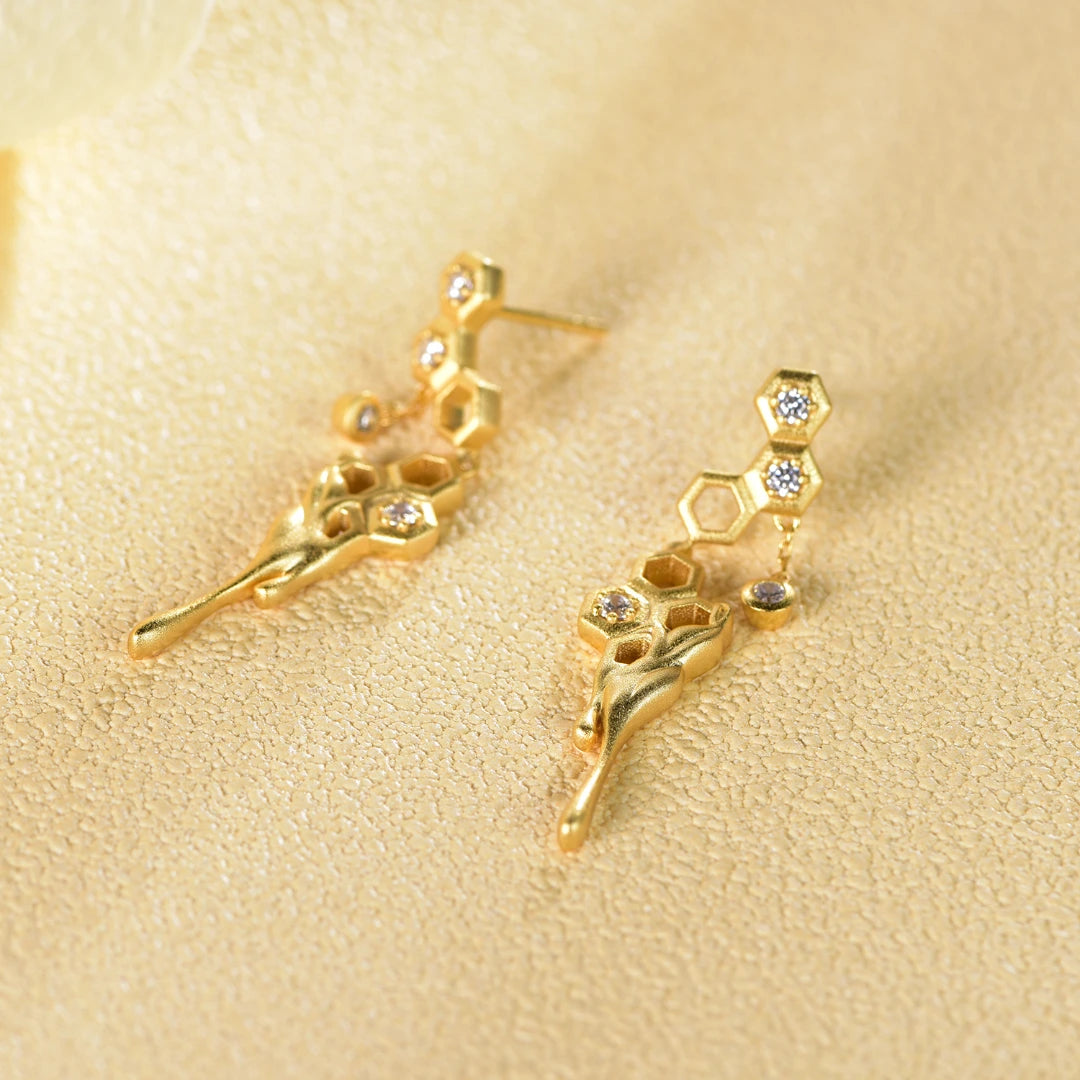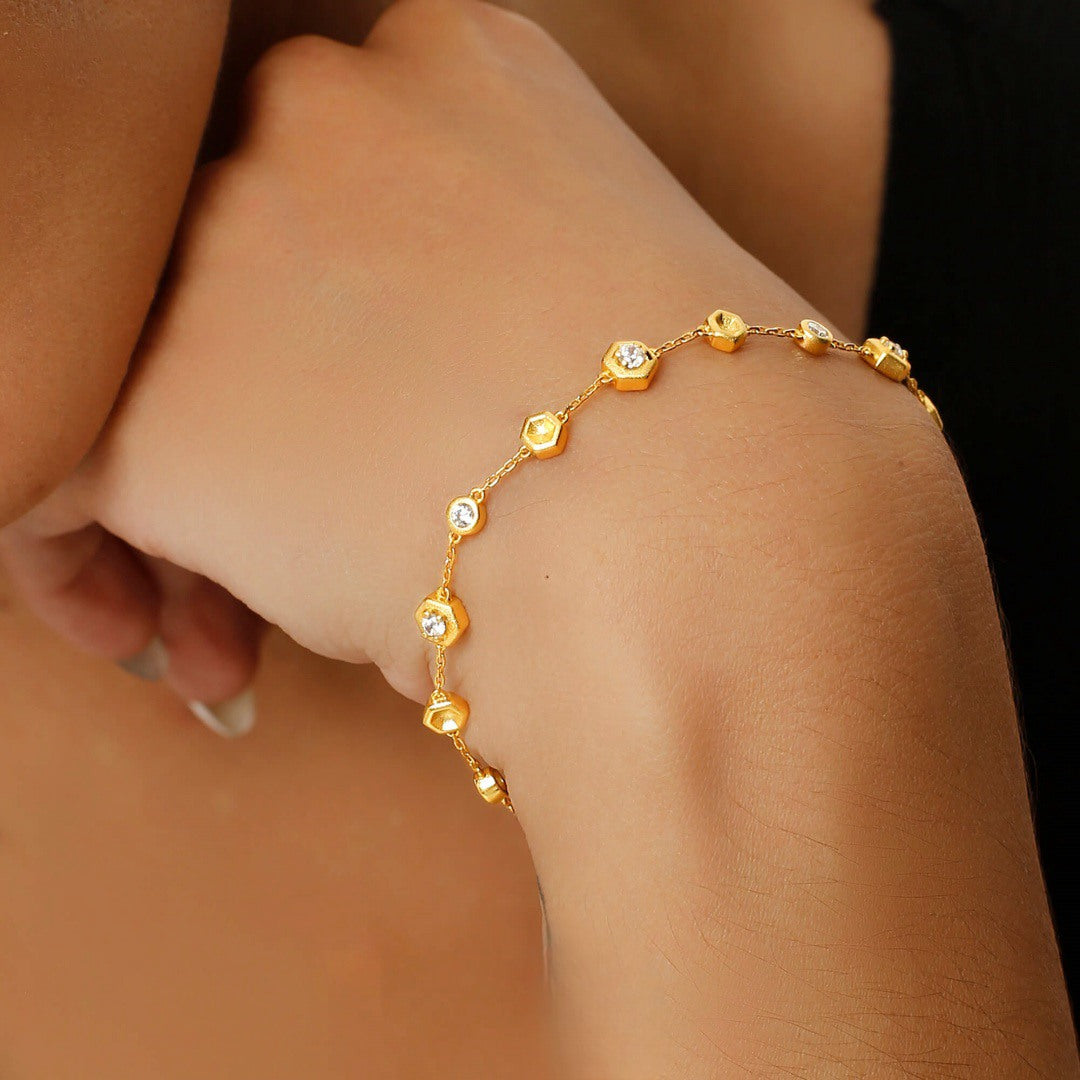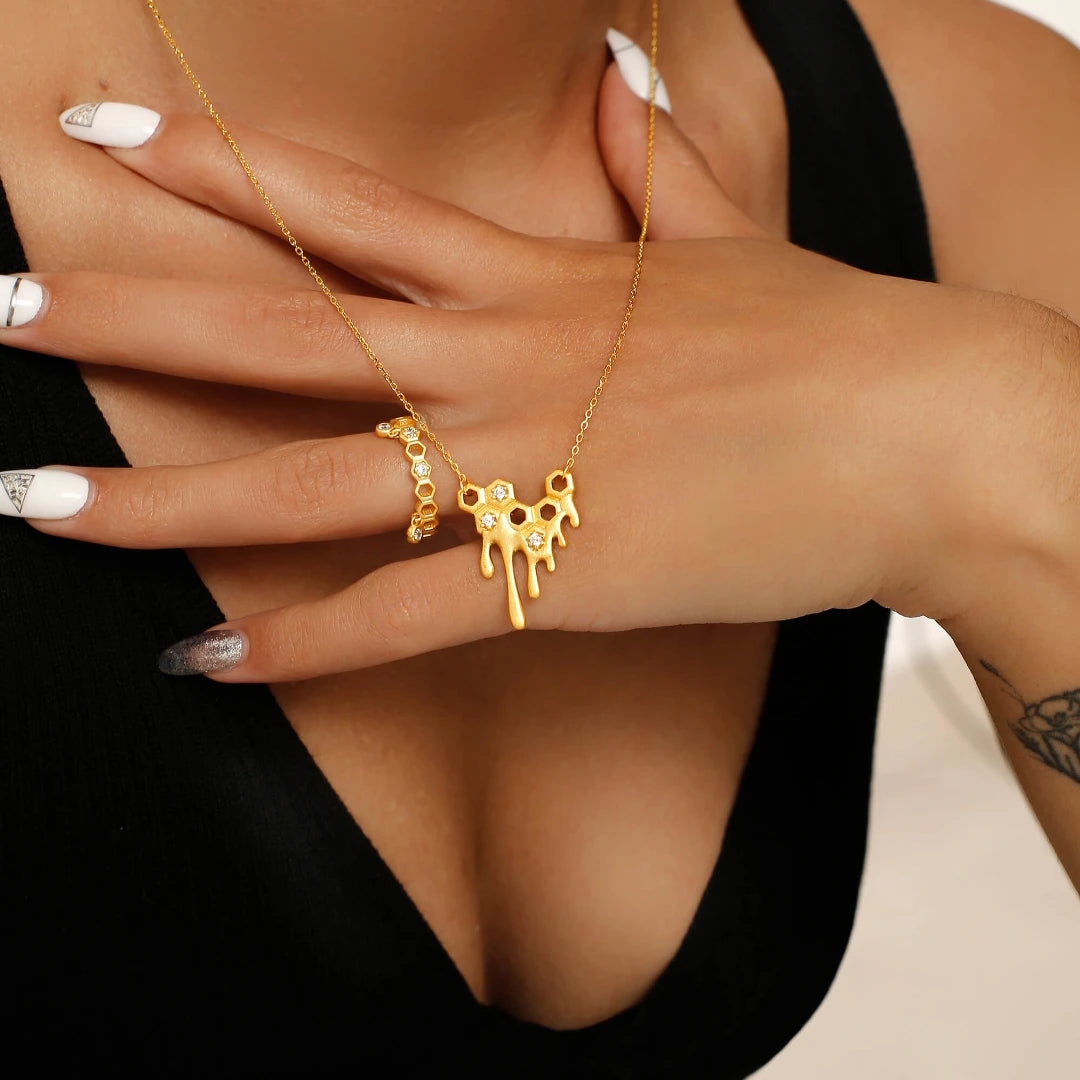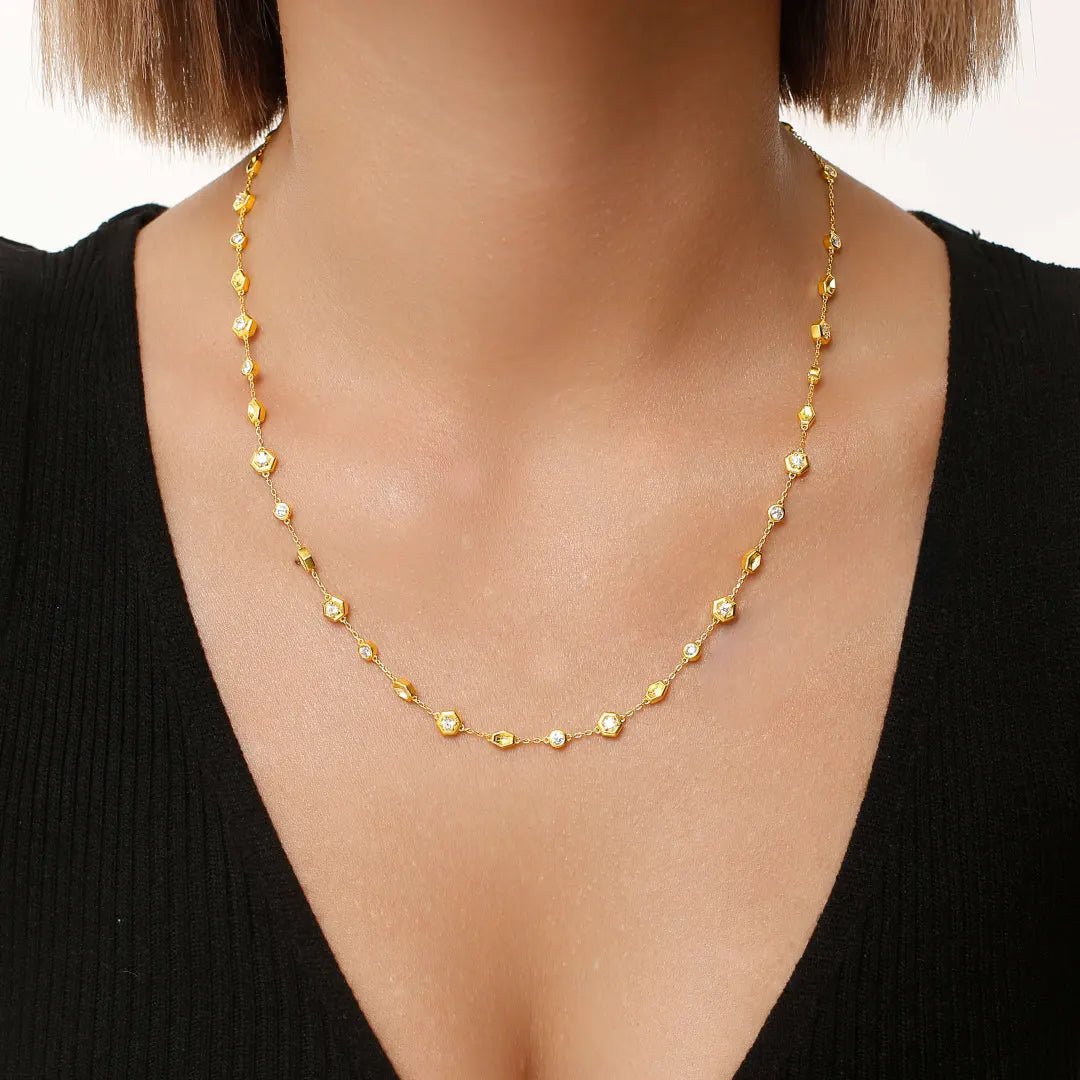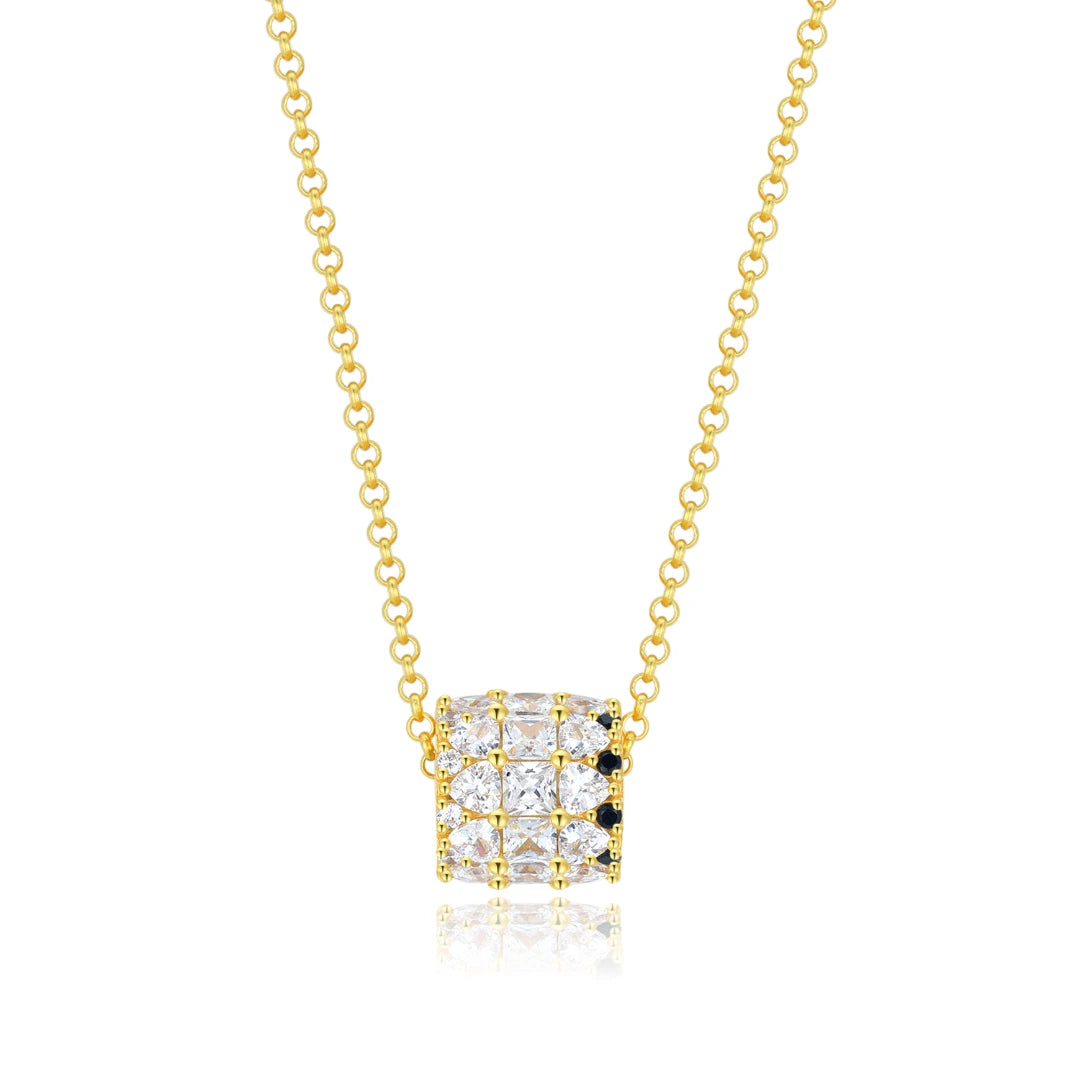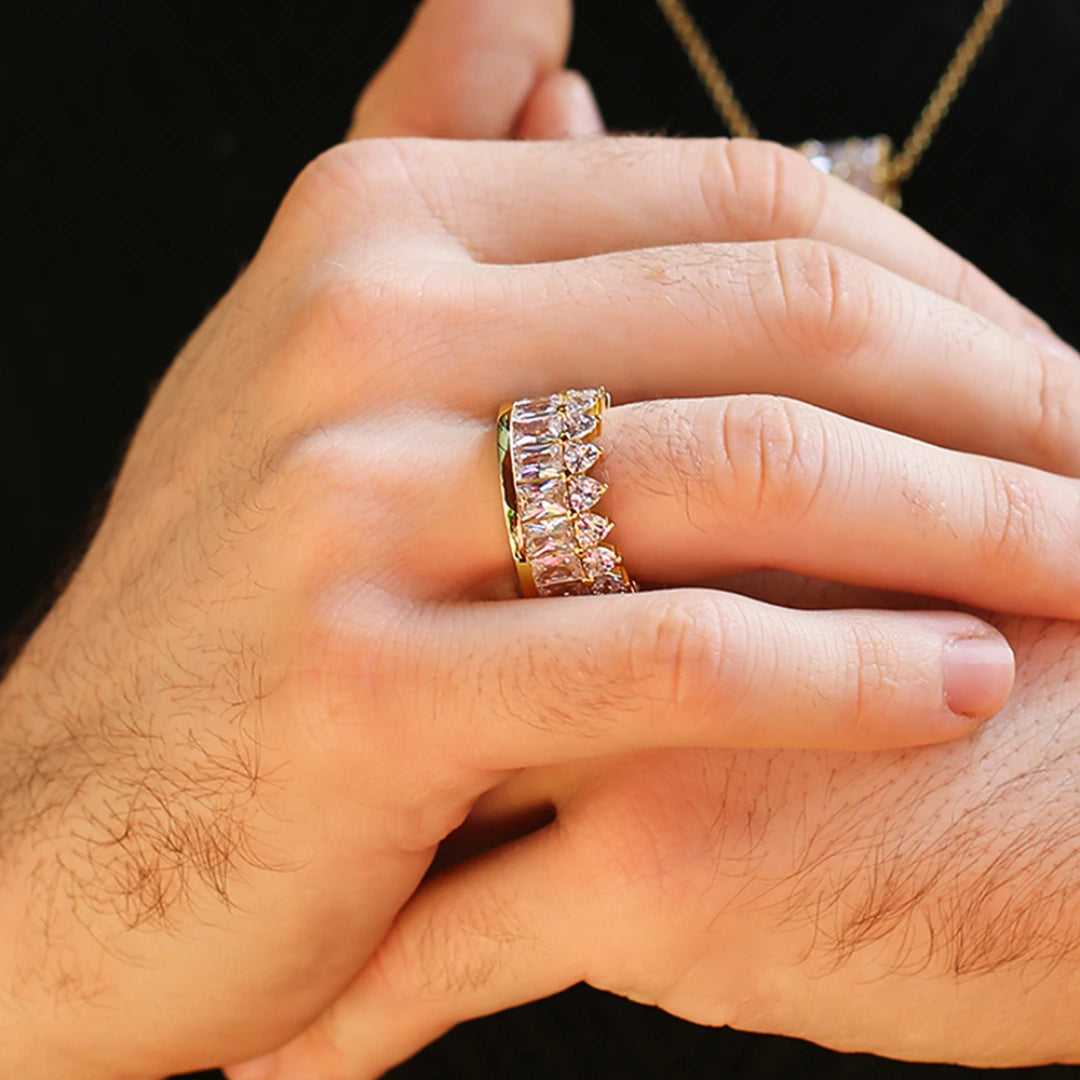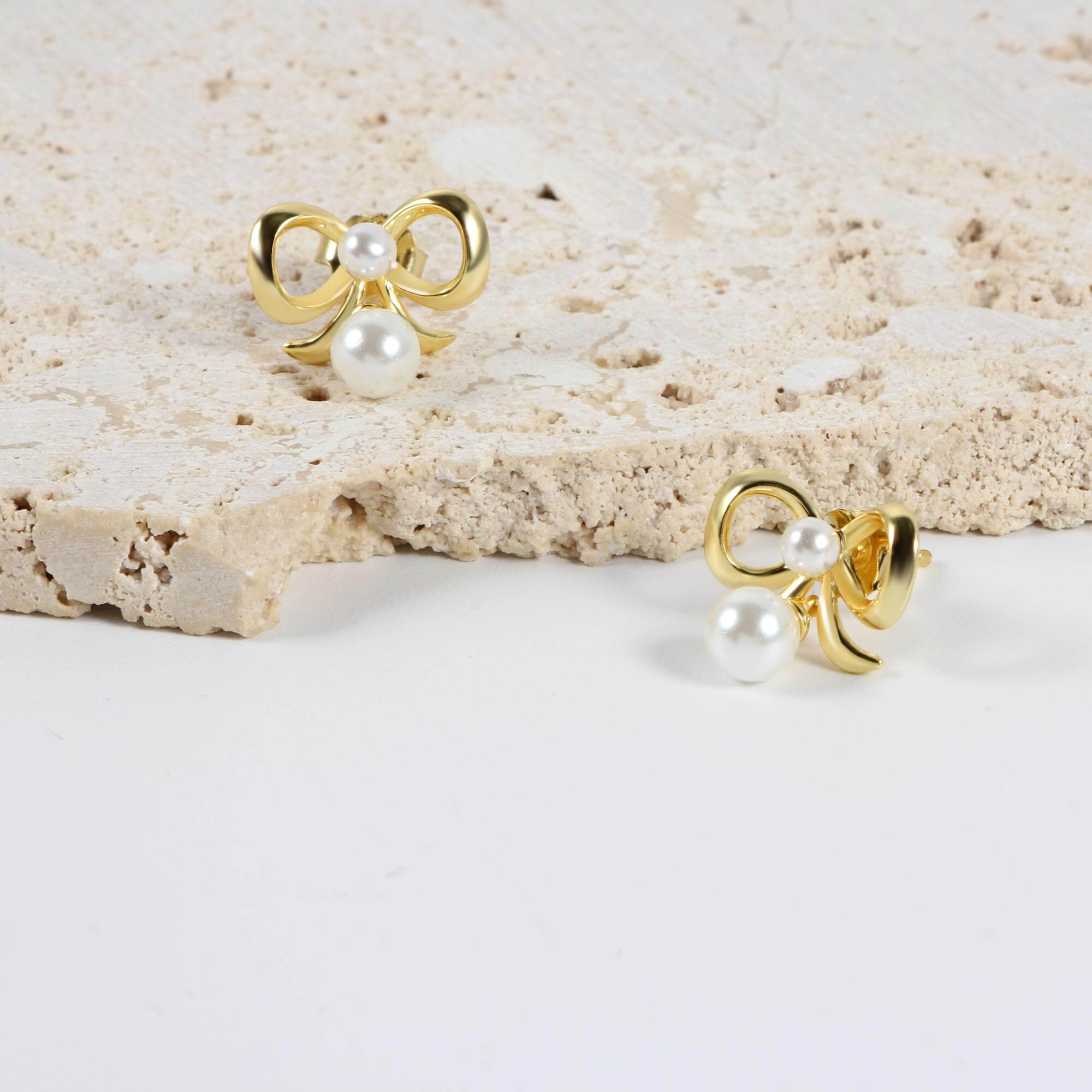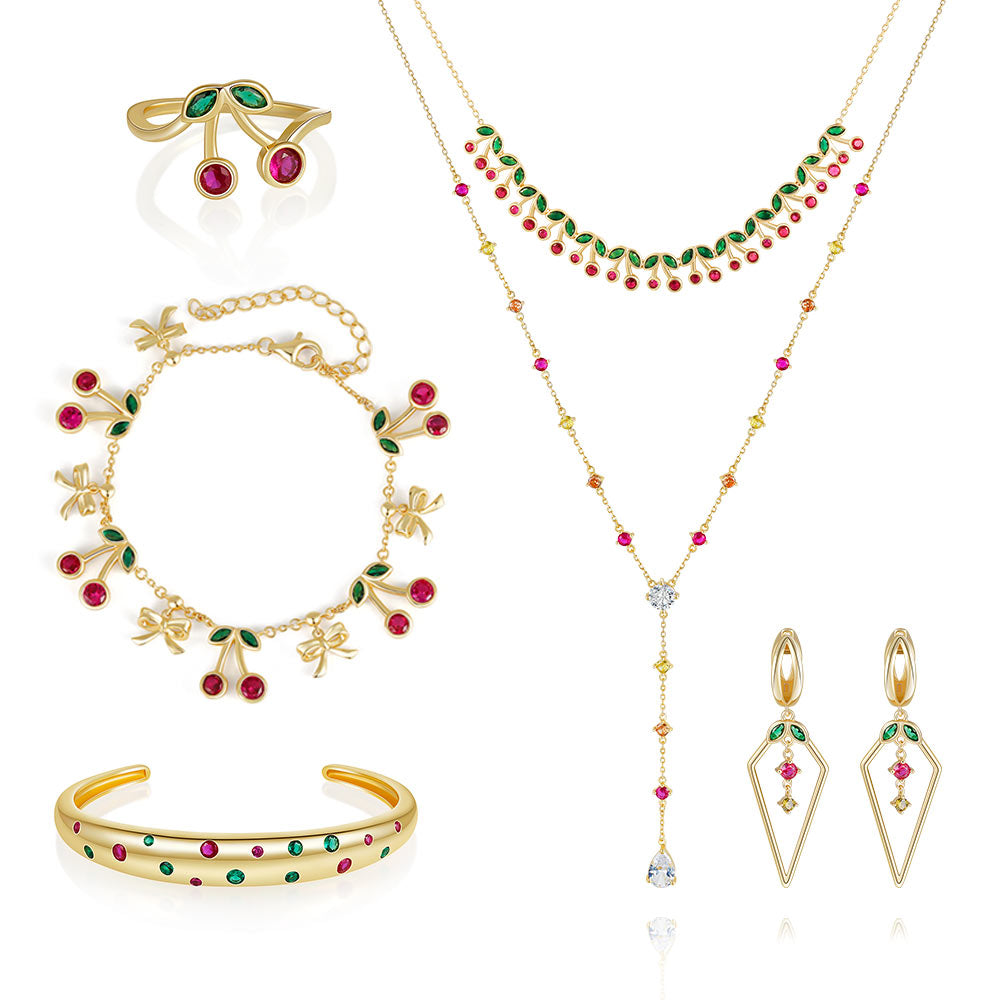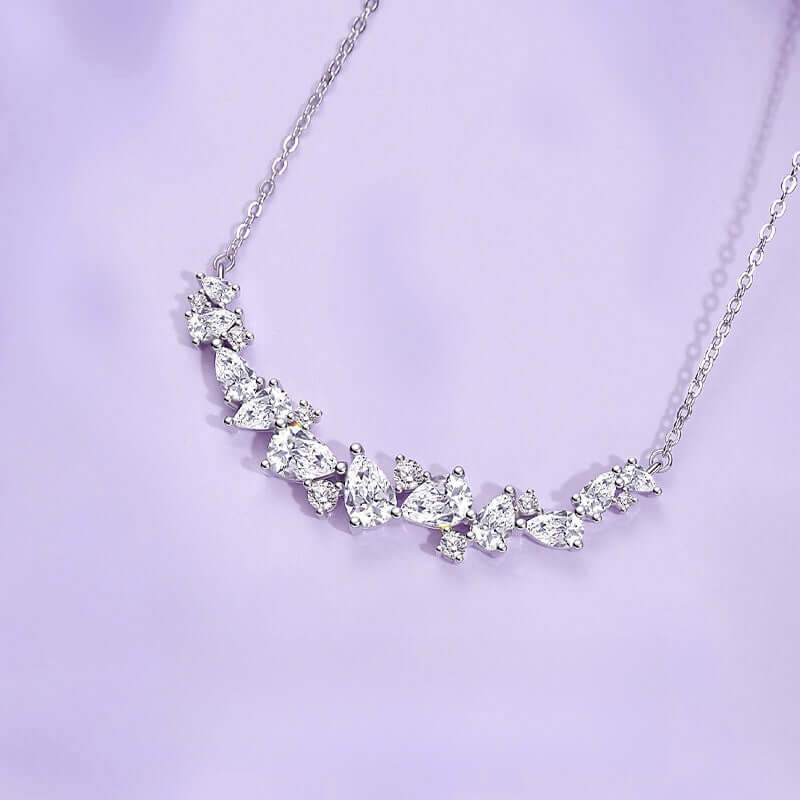Discover the surprising reasons behind this unpleasant phenomenon and how to remedy it.
925 Sterling Silver Shell Mini Zircon Flat Back Earrings
$39.90 USD
Metal Allergies and Earring Odor
Metal allergies can be a significant contributor to earring odor. Some individuals may experience allergic reactions to certain metals commonly found in earrings, such as nickel, cobalt, or brass. These allergic reactions can manifest as itching, redness, and irritation, and may also result in the emission of unpleasant odors. To mitigate this issue, it's crucial to understand metal allergies and opt for earrings made from hypoallergenic materials.
Understanding Metal Allergies
Metal allergies occur when the body's immune system reacts abnormally to certain metals, mistakenly identifying them as harmful substances. This immune response triggers inflammation and irritation in the skin, leading to symptoms such as itching, redness, and swelling. In severe cases, metal allergies can cause blistering, oozing, and even skin infections.
Common Allergens in Earrings
Nickel is one of the most common allergens found in earrings and other jewelry. It is often used as a base metal or alloy in the production of earrings due to its affordability and malleability. However, nickel can cause allergic reactions in sensitive individuals, resulting in itching, rash, and odor.
Other metals that may trigger allergic reactions include cobalt, brass, and copper. These metals are often used as additives or plating materials in earrings, and prolonged exposure can lead to sensitization and allergic dermatitis.
Choosing Hypoallergenic Materials
To avoid allergic reactions and earring odor, opt for earrings made from hypoallergenic materials such as surgical stainless steel, titanium, or 14-karat gold. These materials are less likely to cause allergic reactions and are considered safe for individuals with sensitive skin. Additionally, look for earrings labeled as "nickel-free" or "hypoallergenic" to minimize the risk of irritation and odor.
Three Diamonds Four Claws Simple Flat Back Stud Earrings
$39.90 USD
The Role of Dirt and Sweat
Dirt and sweat accumulation can also contribute to earring odor. Throughout the day, our skin produces sweat and oils that can transfer onto earrings, along with environmental pollutants and debris. Over time, this buildup can create a breeding ground for bacteria, leading to unpleasant odors emanating from the earrings.
How Dirt and Sweat Contribute to Odor
Sweat and oils produced by the skin contain organic compounds that provide nutrients for bacteria to thrive. When these substances accumulate on earrings, bacteria multiply and metabolize these compounds, producing foul-smelling byproducts such as volatile fatty acids and sulfur compounds. Additionally, dirt and debris trapped in the crevices of earrings can further contribute to odor formation.
Proper Cleaning Techniques
To combat earring odor caused by dirt and sweat accumulation, it's essential to clean your earrings regularly. Use a mild soap or jewelry cleaning solution and warm water to gently scrub the earrings, paying particular attention to crevices and intricate designs where dirt may accumulate. Rinse thoroughly and dry the earrings completely before wearing them again.
Preventive Measures
In addition to regular cleaning, there are several preventive measures you can take to minimize dirt and sweat buildup on earrings. Avoid wearing earrings during activities that may cause excessive sweating, such as exercising or engaging in strenuous physical labor. Additionally, remove earrings before swimming or showering to prevent moisture accumulation and bacterial growth. Finally, store earrings in a clean, dry environment when not in use, preferably in a jewelry box or pouch to protect them from dust and dirt.
Round-cut Simulated Crystal Cute Flat Back Earrings
$39.90 USD
Identifying Low-Quality Earrings
Low-quality earrings made from inferior materials can exacerbate earring odor and pose risks to your skin and overall health. By learning to identify the signs of low-quality earrings and understanding the associated risks, you can make informed decisions when purchasing jewelry.
Signs of Low-Quality Materials
Low-quality earrings are often made from base metals or alloys that may contain harmful substances such as nickel, lead, or cadmium. These metals can trigger allergic reactions and skin irritation, leading to redness, itching, and odor. Additionally, low-quality earrings may have rough or uneven surfaces, sharp edges, or poorly secured gemstones, increasing the risk of injury and discomfort.
Risks Associated with Poor-Quality Earrings
In addition to causing allergic reactions and irritation, poor-quality earrings may pose long-term health risks due to exposure to toxic substances. Metals such as lead and cadmium are known carcinogens and can leach into the skin through prolonged contact, increasing the risk of cancer and other serious health conditions. Furthermore, low-quality earrings may tarnish or corrode over time, diminishing their aesthetic appeal and structural integrity.
Selecting Reputable Brands and Materials
When purchasing earrings, prioritize quality over price and opt for reputable brands known for their commitment to product safety and integrity. Look for earrings made from high-quality materials such as surgical stainless steel, titanium, or sterling 925 silver, which are less likely to cause allergic reactions and skin irritation. Additionally, choose earrings that are labeled as "nickel-free" or "hypoallergenic" to minimize the risk of adverse reactions. By investing in quality jewelry from trusted sources, you can enjoy beautiful earrings without compromising your health or comfort.
925 Sterling Silver Star Stud Flat Back Earrings
$39.90 USD
Earring Infections: Symptoms and Treatment
Earring infections can occur when bacteria or other pathogens enter the pierced earlobes, leading to inflammation, redness, and pain. If left untreated, these infections can worsen and cause complications, so it's essential to recognize the symptoms and seek prompt medical attention.
Recognizing Signs of Infection
Common symptoms of earring infections include:
- Redness and swelling around the piercing site
- Pain or tenderness
- Heat or warmth at the site of the piercing
- Discharge of pus or fluid
- Fever or chills If you experience any of these symptoms, remove the earrings immediately and clean the affected area with a saline solution or antiseptic cleanser. Avoid touching or manipulating the piercing, as this can introduce more bacteria and worsen the infection.
Seeking Medical Advice
If the infection does not improve within a few days or if symptoms worsen, consult a healthcare professional for further evaluation and treatment. Depending on the severity of the infection, your doctor may prescribe antibiotics or recommend additional measures to promote healing. In severe cases, surgical intervention may be necessary to drain abscesses or remove infected tissue.
Treatment Options
Treatment for earring infections typically involves:
- Cleaning the piercing site with saline solution or antiseptic cleanser
- Applying antibiotic ointment to prevent infection
- Taking oral antibiotics if the infection is severe
- Removing the earrings temporarily to allow the piercing to heal
- Avoiding activities that may irritate or traumatize the piercing site
- Following up with your doctor to monitor progress and ensure proper healing
Triple Diamond Threaded Flat Back Cartilage Earrings
$39.90 USD
Conclusion:
In conclusion, understanding the factors contributing to earring odor and implementing effective cleaning and maintenance routines can help keep your earrings smelling fresh and looking fabulous. By addressing metal allergies, preventing dirt and sweat buildup, and investing in high-quality earrings, you can enjoy beautiful ear adornments without worrying about unpleasant odors or skin irritation. Remember to listen to your body's signals and seek medical attention if you experience persistent symptoms or complications. With proper care and attention, your earrings can continue to be a source of joy and self-expression for years to come.
Call to Action:
Ready to banish earring odor for good? Start by evaluating your earring collection and identifying any potential culprits. Then, implement a regular cleaning and maintenance routine to keep your earrings looking and smelling fresh. If you're experiencing persistent symptoms or allergic reactions, consult a dermatologist or allergist for personalized advice and treatment options. Don't let earring odor dampen your style – take action today and reclaim your confidence!



